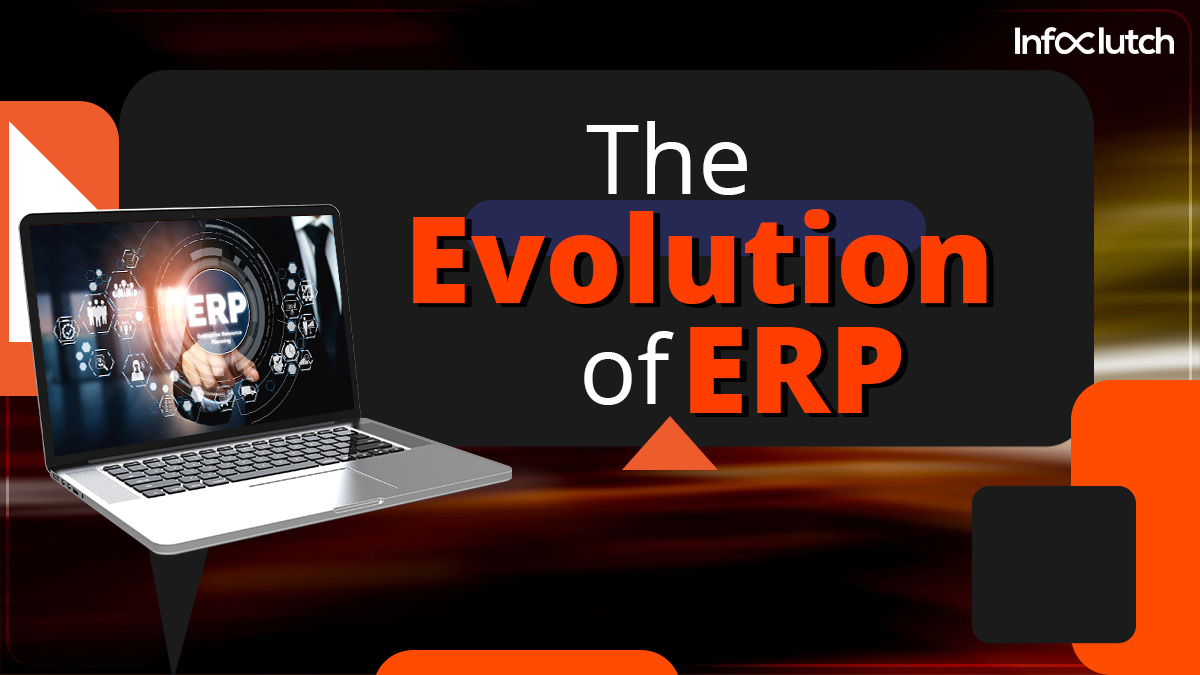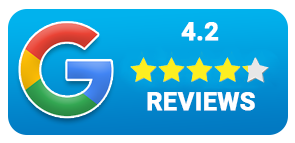Enterprise Resource Planning software helps organizations to manage daily business operations. These include accounting, supply chain management and manufacturing.
The global ERP system market will likely reach $49.50 billion by 2027.
Growing in small/medium companies, the need for operational efficiency and better management are factors behind this growth.

Benefits Of ERP Systems
• Improves decision-making and operational performance
• Better data visibility from multiple departments
• Improved reporting/planning with business intelligence
• Streamlined data enhances customer service
• Facilitates collaboration through data access
• Helps maintain regulatory compliance
Evolution Of ERP From The 1960s To The Present
1960s – Inventory Control And Management Systems
Inventory control systems were the first ERPs.
• Facilitated stock management, control and monitoring
• Inventory balance reconciliation
• Monitoring inventory status
• Offering item replenishment strategies
• Optimized distribution and production
• Boosted inventory management efficiency
1970s – Materials Requirements Planning Systems (MRP)
J.I. Case and IBM developed the first MRP system for manufacturing industries.
• Used by top manufacturing corporations
• Scheduled production processes and operations
• Improved collaboration between procurement and delivery
• Lot sizing and better operational control
• Understanding product requirements and issues
• Large rooms were needed to accommodating hardware
1980s – Manufacturing Resource Planning Systems (MRP II)
MRP II systems were improved versions of previously used software.
• Supported multiple manufacturing procedures efficiently
• Enhanced coordination between internal departments
• Advanced scheduling and management functionalities
• Supported inventory control, planning and part purchasing
• Boosted production schedules and raw material gathering
• Helped the end product delivery
1990s – Enterprise Resource Planning Software
Gartner first used the term ERP to describe a multi-faceted software application. This software was developed to support multiple businesses besides manufacturing.
• Offered a unified database for managing information
• Supported accounting, sales, human resources and engineering
• Elevated business processes and management
• Product purchasing, planning, distribution and order tracking
2000s – Enterprise Resource Planning Software 2
Gartner introduced ERP 2 systems having internet connectivity. They could fetch data from multiple sources and enhance day-to-day processes.
• They could interact and integrate with CRM systems
• Collected data from inter-office applications
• Supported marketing automation and e-commerce
• Enriched supply chain and human capital management
• Convenient problem resolution and detection
• Improved speed, efficiency and accuracy
2010s Till The Present Day – Cloud-Based ERP Systems
Modern ERP systems run on cloud computing technology and are convenient.
• The systems are available as Software as a Service
• Customers pay only for the services they need
• Data is stored in cloud servers and data centers
• The software is compatible with Android and iOS
• Accessible through multiple browsers
• Reduces hardware and infrastructural costs
• Offers advanced data management and security





